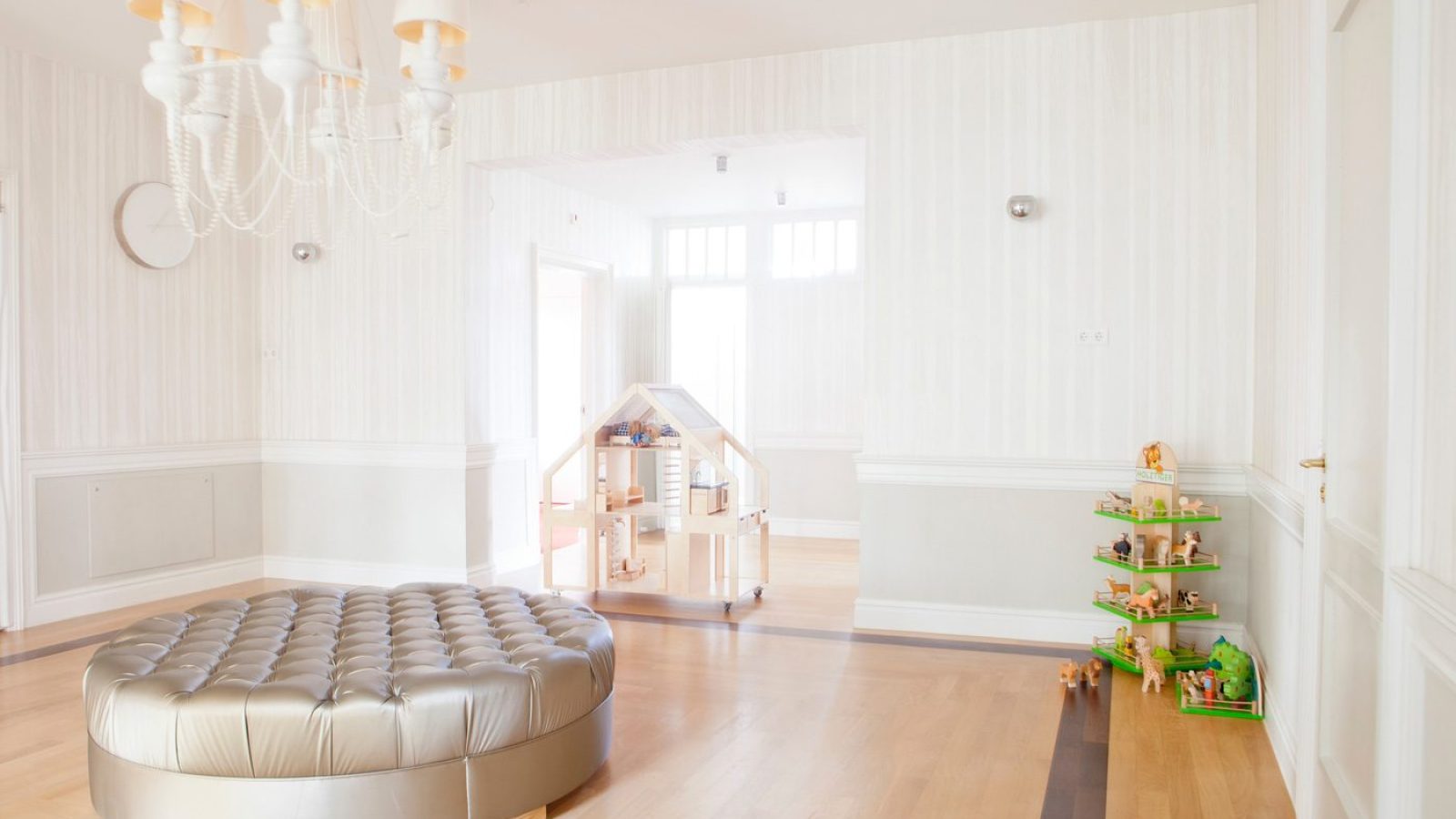Symmetry is a fundamental principle in interior design that has been used for centuries to create balance, harmony, and a sense of order in a space. When done right, symmetry not only enhances the aesthetics of a room but also promotes a calm, grounded atmosphere. Whether you’re designing a traditional or modern space, symmetry is a powerful tool that can help elevate your interiors to a whole new level.
Here’s why symmetry matters in design and how you can incorporate it into your home.
1. Creating Balance and Visual Harmony
At its core, symmetry is about balance. By mirroring elements on either side of a central point—whether it’s a fireplace, a window, or a piece of furniture—you create a sense of equilibrium in the room. This visual harmony is pleasing to the eye and can make a space feel more organized and serene. In living rooms, for example, placing identical armchairs on either side of a coffee table or framing a central piece of art with matching lamps can instantly make the room feel more cohesive.
2. Enhancing Focal Points
Symmetry can be used to draw attention to key features in your home, such as a statement fireplace, a large window with a view, or an architectural feature. By placing identical elements—such as sconces, vases, or artwork—on either side of the focal point, you naturally direct the eye towards it, making the feature stand out even more. Symmetry creates a sense of grandeur and balance that can make any focal point feel more dramatic and intentional.
3. Establishing a Sense of Order
Incorporating symmetry into your design is one of the simplest ways to bring a sense of order and structure to a room. This is especially important in larger spaces where multiple seating areas or functions need to coexist. Symmetry can help divide the space into zones that feel distinct yet connected, creating a flow that makes the room feel organized and purposeful rather than cluttered or chaotic.
4. Playing with Symmetry in Small Spaces
Even in smaller rooms, symmetry can have a transformative effect. A well-balanced room feels larger and more open. For example, placing matching side tables and lamps on either side of a bed can make a bedroom feel more polished and spacious. In bathrooms, symmetrical vanities or mirrors can create a feeling of luxury and elegance, even in a more compact space.
5. Modern Interpretations of Symmetry
While symmetry is often associated with classic and traditional interiors, it can be used in more contemporary designs as well. Modern symmetry doesn’t always have to be rigid—consider using asymmetry as a twist. For instance, you can balance a large, dramatic piece of art with a collection of smaller pieces arranged asymmetrically on the opposite side of the room. This creates visual interest while still maintaining balance, making the room feel fresh and modern.
6. Balancing Symmetry with Texture and Color
Symmetry doesn’t mean that everything has to be identical. To keep the space from feeling too formal or rigid, mix in contrasting textures and colors. For example, you can pair a set of matching armchairs with pillows in different patterns or fabrics. This creates depth and interest, while still maintaining a balanced look. The key is to create symmetry in the structure while allowing flexibility in the details.
Final Thoughts
Symmetry is one of the most effective design tools for creating spaces that feel balanced, harmonious, and luxurious. Whether you’re aiming for a traditional or contemporary look, symmetry can enhance the flow and visual appeal of any room. By thoughtfully incorporating symmetrical elements, you can bring a sense of calm and sophistication to your home without sacrificing style or personality.

